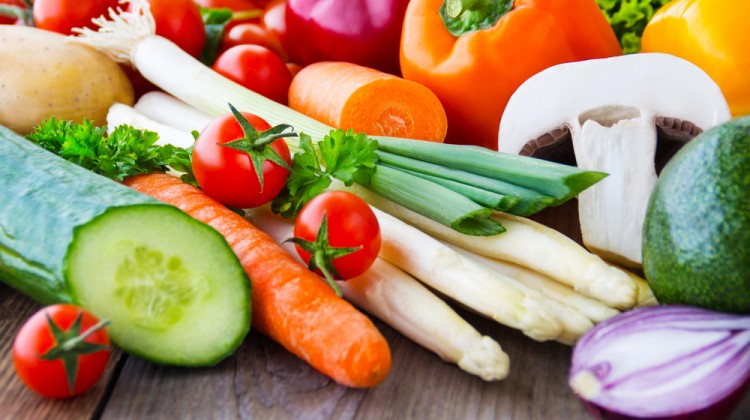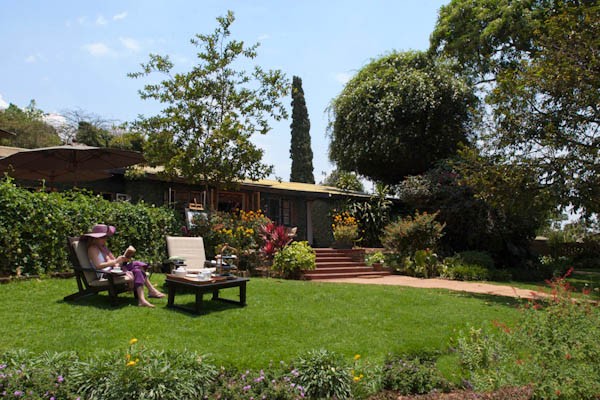
Planting a vegetable garden is an exciting and rewarding experience, especially if it is your first time. It’s great as a stress-free hobby or an additional source of food. If you have kids, then letting them plant their own produce alongside yours is a good way of getting them to eat their greens.
It’s a great feeling knowing that if you need vegetables for a recipe you are working on, you can just walk out to your backyard and pick them yourself (provided that they are fully grown). There’s just a fresh factor about homegrown vegetables that make them more desirable than the processed, store-bought options.
Whether you are planting a small garden on your porch or a larger one in your backyard, you need to make sure you are meeting all of the requirements for a success.
Follow these few steps to ensure your garden is healthy, sustainable, and full of the best vegetables you’ve ever had.
1. Decide which vegetables.

This may seem like an obvious first step, but some people get carried away when planting their very first garden. Only plant the amount you think you will eat – or give away to friends. Also, people often plant vegetables that are popular or nice to look at and they don’t even like them. Avoid wasting money and throwing away uneaten food by only planting products you and your family enjoy.
There are thousands of vegetables you can buy to plant, so be sure to look up information about each one to make sure they are right for your particular garden. Some plants work better in smaller gardens or containers, and others offer great resistance against diseases. You also need to decide between open-pollinated, heirloom, and hybrid seeds.
Open-pollinated plants are ones in which pollination occurs by natural sources (such as insects, birds, and the wind). These plants will be more genetically diverse because there are no restrictions on the flow of pollen, which in turn provides a greater variation in plant population.
Heirloom seeds are the same as open-pollinated seeds, however they are restricted to specific varieties that have been kept safe and passed down from generation to generation. Most varieties have to be more than fifty years old to be considered heirlooms.
Finally there are hybrid seeds, where two different varieties of plants have their pollen crossed by human mediation. Commercially available hybrid seeds normally bear the label “F1,” and the first generation of these plants tend to grow better and stronger than naturally pollinated plants. Also people will buy these seeds because the plants are genetically altered to be more disease resistant as well as uniform in shape and size. However, the seeds produced by these plants are genetically unstable, so you will have to buy new seeds every year. Each type of seed has its own benefits, so consider all of them before you choose.
You also need to consider which season you will be planting in, as some vegetables do better in warm weather and others thrive in the cold. The U.S. Department of Agriculture divides the states into “hardiness zones” based on their climate. Typically the seeds will say which hardiness zone they work best in, so all you have to do is figure out your zone.
Cool-season crops work best in the lower temperatures of fall and spring. Conversely, warm-season veggies prefer the summer, after the soil has already been warmed up. Many of these warm-natured plants require a longer growing season, and so they should be started indoors during the early spring.
2. Find a location.

Once you have bought your first round of vegetable seeds, you need to decide where around your house you are going to plant them. You might have a little box ready near the side of the house, or you might have a large plot of land in mind. Either way, there are a few factors about the location that you should consider before you plant.
Some vegetables will require different amounts of sun and shade; however, most of them fall under the “full sun” category. These types of plants require at least six to eight hours of direct sunlight each day. The next level is “part sun” or “semi-shade,” and these plants work best where direct sun alternates with shade or where sunlight is filtered through a trellis or branches. The last level is “full shade,” and these plants should be placed in a spot where they will never receive direct sunlight.
Another factor to consider is the size of your location. Check to see how big each vegetable will grow and spread out. You don’t want to overcrowd a small plot or have a lot of empty space in a large plot. A 10×10-foot or a 12×16-foot bed will work great for most small gardens. Mixing vertical plants, like tomatoes, with horizontal plants is one good way to maximize your space.
Planting your garden near your house is good for two reasons. One, it provides easy access with a hose for watering. Two, having the garden in a direct line of sight from a window will make you more prone to notice it. You will be reminded to check on it and will be able to see if anything is wrong.